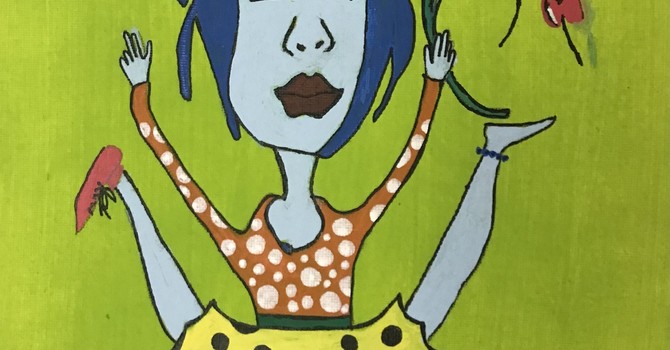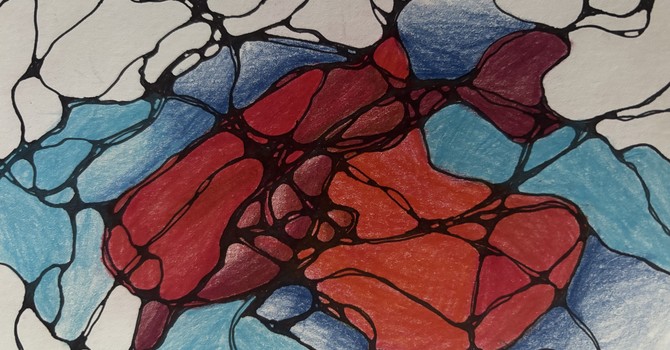
Harnessing the Power of Color: How Color Therapy Can Support Mental Well-Being
Colors are more than just visual aesthetics; they have the power to influence our mood, emotions, and overall mental health. From decorating our homes to choosing our clothing, the strategic use of color—known as color therapy—can be a simple yet effective tool to promote calm, happiness, and mental resilience. Let’s explore how different colors impact us and ways to incorporate them into your life for improved well-being.
The Psychological Impact of Colors
Each color evokes distinct emotional responses based on cultural, personal, and biological factors. Understanding these associations can help you select colors that support your mental health:
- Blue: Often associated with calmness and serenity, blue can help reduce stress and promote relaxation. Light blue shades are especially effective in creating a peaceful environment.
- Green: The color of nature and renewal, green inspires feelings of balance, growth, and harmony. It is known to have a soothing effect on the nervous system.
- Yellow: Bright and cheerful, yellow stimulates optimism, happiness, and mental clarity. However, too much yellow can be overstimulating, so use it mindfully.
- Red: A powerful, energizing color that can increase motivation and passion. It’s best used in moderation, as excessive red might evoke feelings of anger or anxiety.
- Purple: Linked to creativity, spirituality, and introspection, purple can help foster inner reflection and calmness.
- Gray and Black: Often associated with neutrality or somber moods, these colors should be balanced with brighter shades to prevent feelings of gloom.
Practical Ways to Use Color for Mental Health
1. Create a Calming Environment
Design your living and workspace with colors that promote peace and mindfulness. Soft blues, gentle greens, and pastel tones can reduce anxiety and improve concentration. Consider painting walls, using calming artwork, or incorporating colorful accessories.
2. Use Color in Your Wardrobe
Choose clothing in hues that lift your spirits or offer comfort. Bright, warm colors like yellow and orange can energize your day, while cooler shades like blue and lavender promote relaxation.
3. Incorporate Color into Mindfulness and Meditation
Visualize yourself enveloped in soothing colors during meditative practices. For instance, imagine a calming blue light surrounding you during relaxation exercises, which can deepen your sense of calm.
4. Add Colorful Elements to Your Space
Introduce colorful plants, cushions, or artwork that evoke positive feelings. These touches can brighten dull spaces and influence your mood positively.
5. Personalize Your Environment
Pay attention to your personal color preferences. Notice which colors make you feel happier, calmer, or more energized, and intentionally include those in your daily environment.
6. Use Color in Functional Ways
Color-coded organization (like labels or storage solutions) can reduce stress and bring order to your life. A well-structured space with harmonious colors can promote mental clarity.
7. Explore Professional Color Therapy
For ongoing mental health challenges, consider consulting trained color therapists. They use specific colors and lighting techniques to support emotional and psychological healing.
Final Thoughts
Colors have a remarkable ability to influence our mental state. By consciously choosing hues that align with your emotional needs, you can create environments and routines that nurture your mental health. Experiment with different colors, pay attention to how they make you feel, and integrate them into your daily life for a brighter, calmer, and more balanced mind.

Penny Hope
Contact Me



